
Your car's wheels are one of its most noticeable features. They can also be one of the most challenging parts of your car to keep clean and shiny. However, with a little bit of know-how, some patience, and the right tools, you can make your wheels shine like new. In this guide, we'll provide you with all the steps and details you need to polish your wheels to a mirror-like finish.
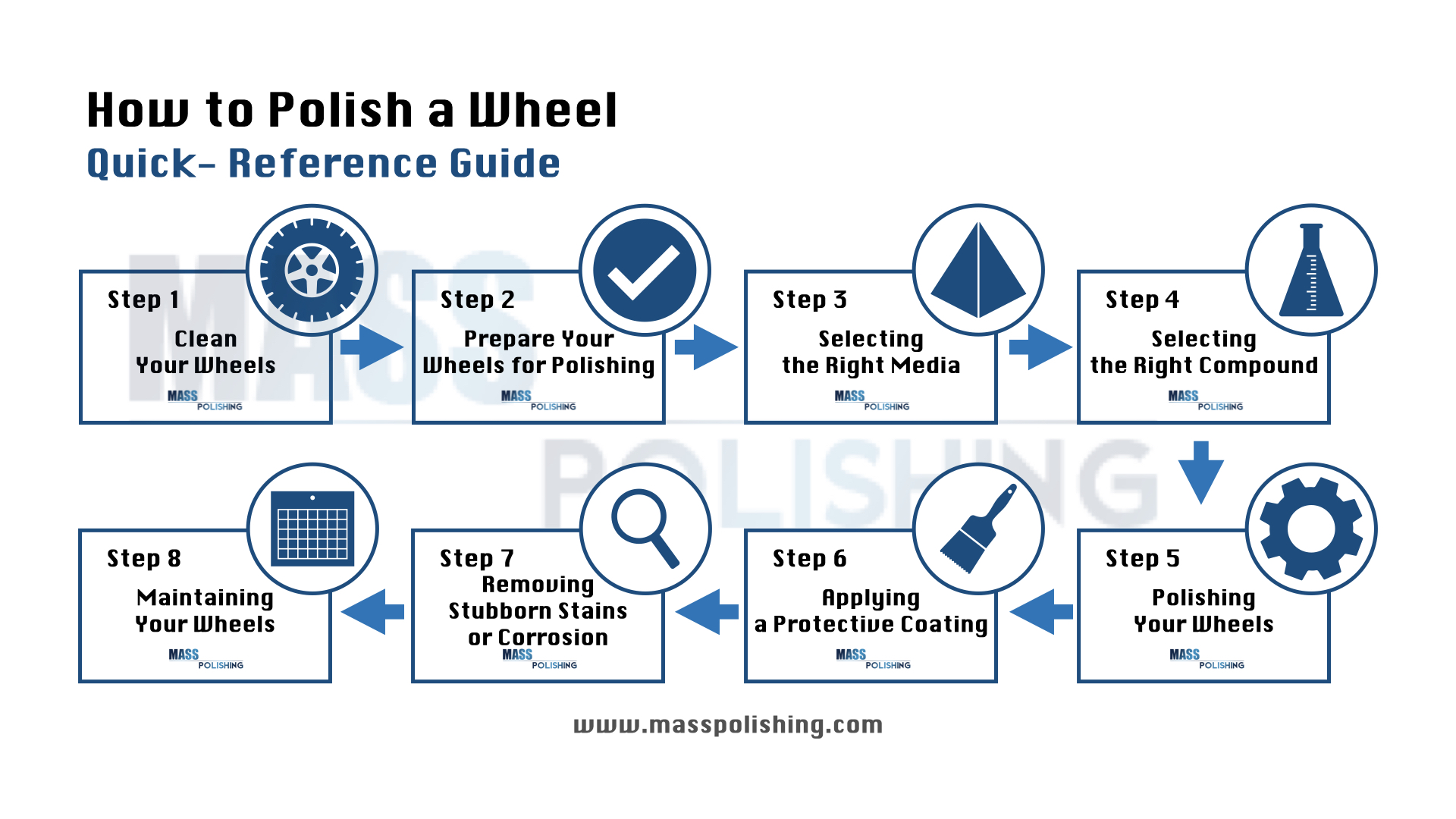
|
|
Step 1: Clean Your WheelsThe first step to polishing your wheels is to give them a thorough cleaning. Before you begin, you'll need a few supplies: a bucket, some car wash soap, a soft-bristled brush, a microfiber towel, and a hose. Start by rinsing your wheels with a hose to remove any loose dirt and debris. Add some car wash soap to a bucket of water and mix it up. Use the soft-bristled brush to gently scrub the wheels, paying special attention to any areas with built-up dirt or grime. Be careful not to scratch the wheels. Rinse the wheels with a hose to remove all the soap and dirt. Dry the wheels with a microfiber towel. Make sure to dry them thoroughly to avoid water spots. |
Step 2: Prepare Your Wheels for PolishingOnce your wheels are clean and dry, you'll need to prepare them for polishing. This step will involve removing any stubborn dirt or stains, as well as any flaking or chipped paint. Use a wheel cleaner to remove any stubborn dirt or stains that didn't come off during the initial cleaning. Follow the manufacturer's instructions for the best results. If you notice any flaking or chipped paint, you may need to touch up the affected areas before polishing. You can use a paint touch-up kit to do this. Follow the manufacturer's instructions for the best results. Use a polishing pad to apply a metal polish or rubbing compound to the surface of the wheels. This will help to remove any remaining dirt and grime, as well as any light scratches or scuffs. |
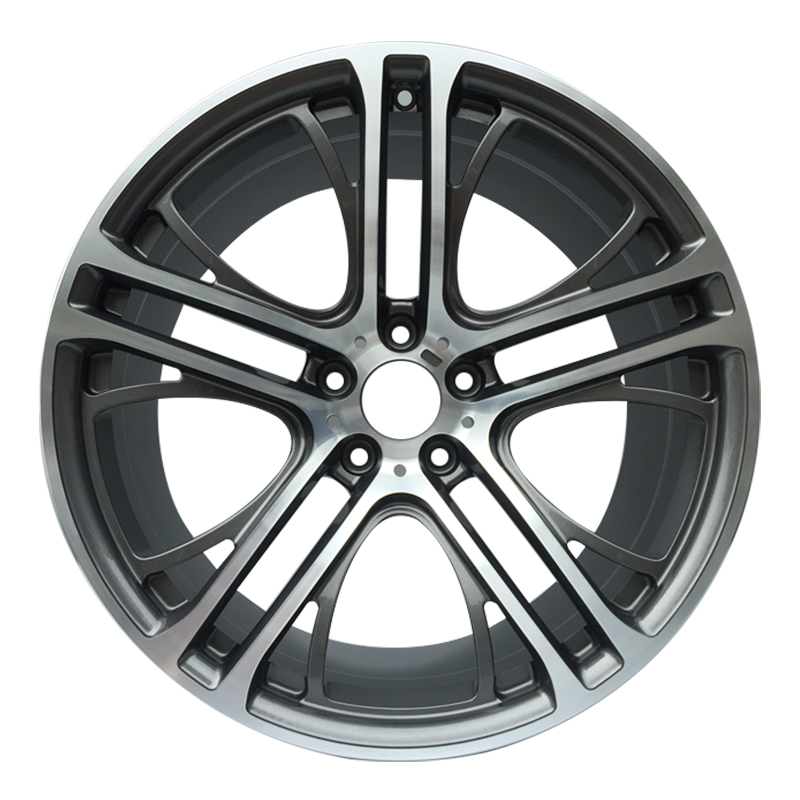 |
|
|
Step 3: Selecting the Right MediaThe next step is to select the right media for your vibratory finishing machine. The type of media you choose will depend on the material of your wheels, the desired finish, and the machine size. > Material of the wheel: If you have aluminum wheels, you'll want to use a less abrasive media, such as porcelain polishing media or plastic media. If you have steel wheels, you may want to use a more abrasive media, such as ceramic media or steel finishing media. > Desired finish: If you want a high shine, then a finer media such as porcelain polishing media or plastic media will be suitable. If you want a more textured or matte finish, then a coarser media such as ceramic media or steel finishing media may be appropriate. > Machine size: The size of your vibratory finishing machine will also affect your choice of media. Larger machines may require more media to achieve the desired finish, while smaller machines may require less. > Shape and size of the wheel: The shape and size of your wheels will also play a role in media selection. If you have tight crevices or hard-to-reach areas, you may want to use smaller media such as ceramic triangles. > Type of vibratory finishing machine: The type of machine you're using will also influence your choice of media. A rotary tumbling machine may require heavier and more durable media, such as steel finishing media, while a vibratory finishing machine may require lighter and more flexible media, such as plastic media or porcelain polishing media.
|
Step 4: Choosing the Right CompoundThe right compound is essential to achieving a high-quality finish on your wheels. Compounds help to remove any remaining dirt or grime, as well as fine scratches, and can also protect the surface from corrosion. Start by selecting a compound that is compatible with your chosen media. For example, if you're using plastic media, you'll want to use a compound that is specifically designed for use with plastic media. Consider the condition of your wheels. If they are in relatively good condition, you may only need a mild compound. If they have more significant damage, such as deep scratches or corrosion, you may need a stronger compound. Choose a compound that is easy to work with. Look for a compound that is easy to apply, and that won't dry out or become hard to work with over time.
|
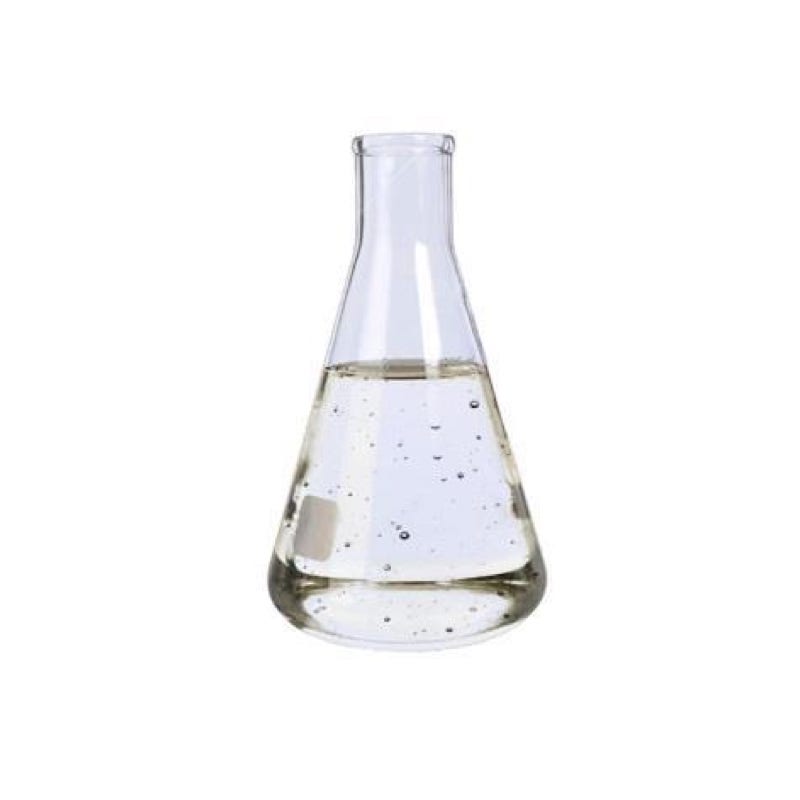 |
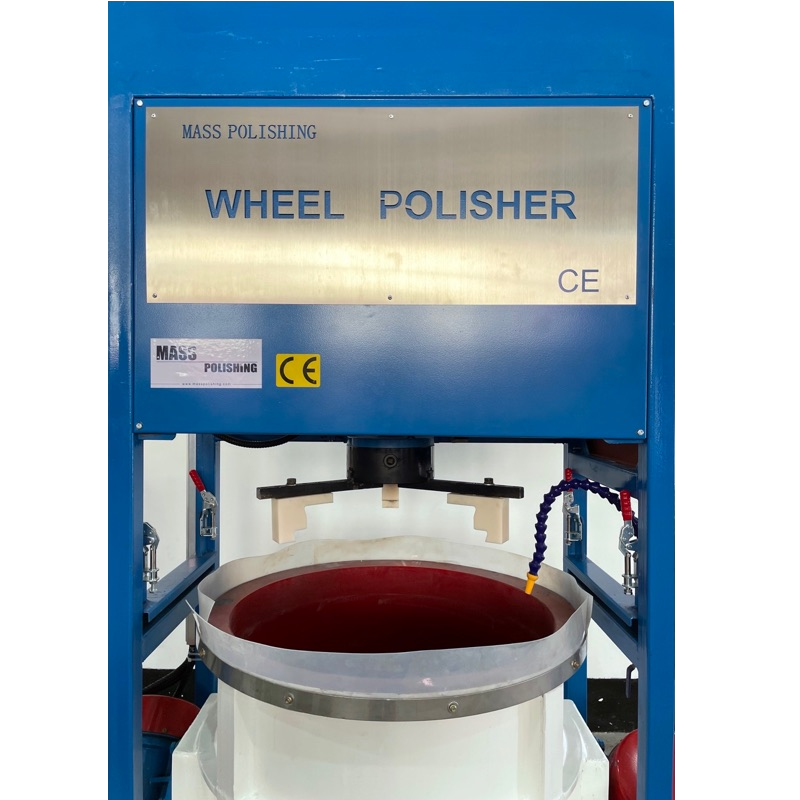 |
Step 5: Polishing Your WheelsNow that you have cleaned and prepared your wheels, and selected the right media and compound, it's time to start polishing. Here are the steps to follow: > Start by filling your wheel polishing machine with the selected media and compound. > Add your wheels to the machine and turn it on. Allow the machine to run for several hours, or until you achieve the desired finish. > Check the progress of the polishing regularly by removing a wheel and inspecting it. If you're happy with the finish, you can remove the wheels from the machine. > Rinse the wheels with clean water to remove any remaining compound or media. > Dry the wheels with a clean microfiber towel. > Apply a protective coating to the wheels to help prevent corrosion and maintain the shine. With these steps, you can achieve a mirror-like finish on your wheels. With regular cleaning and maintenance, you can keep your wheels looking their best for years to come. |
Step 6: Applying a Protective CoatingAfter you have finished polishing your wheels, it's important to apply a protective coating to help maintain the shine and prevent corrosion. Here are the steps to follow: > Start by cleaning your wheels with a microfiber towel to remove any remaining dirt or dust. > Apply the protective coating to your wheels, following the instructions on the product. Make sure to use a product that is specifically designed for use on wheels. > Allow the coating to dry completely. This may take several hours, so be patient. > Once the coating has dried, use a clean microfiber towel to buff the wheels to a high shine. By applying a protective coating to your wheels, you can help maintain the shine and protect them from corrosion caused by exposure to the elements. Regular cleaning and reapplication of the coating can help your wheels stay in great condition for years to come.
|
 |
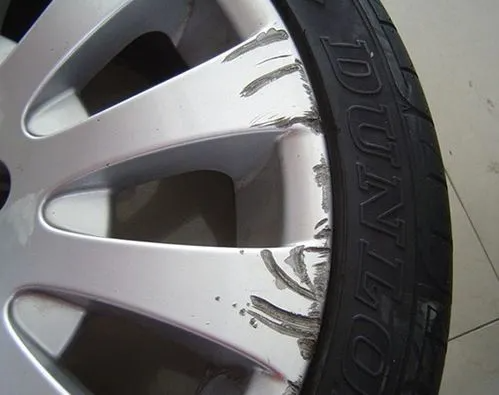 |
Step 7: Removing Stubborn Stains or CorrosionSometimes, wheels may have stubborn stains or corrosion that require extra attention. In these cases, you may need to use a more aggressive approach to remove the damage. Here are some steps to follow: > Start by selecting a strong cleaning product that is designed to remove stubborn stains or corrosion. Be sure to select a product that is safe for use on your specific wheel material. > Apply the cleaning product to the affected area and let it sit for a few minutes. You may need to scrub the area with a soft-bristled brush to remove the stain or corrosion. > Rinse the area with water to remove the cleaning product and any loosened debris. > If the stain or corrosion is still present, you may need to repeat the process several times until it is removed. > Once the stain or corrosion has been removed, you can continue with the wheel polishing process as normal. By following these steps, you can remove stubborn stains or corrosion and restore your wheels to their original condition.
|
Step 8: Maintaining Your WheelsAfter you have polished your wheels, it's important to maintain them to keep them looking their best. Regular cleaning and maintenance can help prevent dirt and grime buildup and extend the life of your protective coating. Here are some tips for maintaining your wheels: > Clean your wheels regularly with a microfiber towel and a mild cleaning solution. > Check your wheels for damage or corrosion on a regular basis. > Reapply the protective coating as needed to help maintain the shine and protect against corrosion. > Store your wheels in a cool, dry place when not in use. By following these maintenance tips, you can keep your wheels looking their best and extend their life.
|
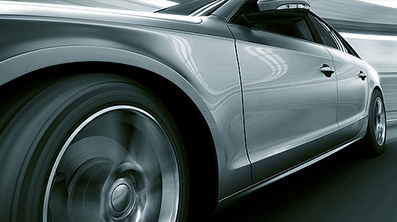 |
Rotary Wheel Polishing Machine in the video
Tips for Wheel PolishingHere are some additional tips to help you achieve the best possible results when polishing your wheels: > Always wear protective gear when handling cleaning or polishing products, including gloves and eye protection. > Make sure to read and follow the instructions for your vibratory finishing machine, media, and compound carefully to avoid any damage to your wheels or machine. > Start with a mild media and compound and work your way up to stronger products if necessary. > Be patient and allow the vibratory finishing machine to do its job. Rushing the process can lead to subpar results. > Regular maintenance and cleaning of your wheels can help prevent dirt and grime buildup and extend the life of your protective coating. By following these tips, you can achieve the best possible results when polishing your wheels and help them stay in great condition for years to come.
|
Tips for Choosing a Vibratory Finishing MachineWhen choosing a vibratory finishing machine for wheel polishing, there are a few key factors to consider. These include: > Capacity: Make sure that the machine you choose is large enough to accommodate your wheel size. > Speed and Power: Consider the speed and power of the machine, as this can affect the quality and speed of the polishing process. > Media Compatibility: Make sure the machine is compatible with the media you plan to use for polishing. Some machines may not work well with certain media types. > Noise and Vibration: Vibratory finishing machines can be quite loud and generate a lot of vibration. Consider choosing a machine with noise-reducing features and a vibration-dampening base. > Ease of Use: Look for a machine that is easy to use and comes with clear instructions for operation and maintenance. When selecting a vibratory finishing machine, it's important to choose one that fits your specific needs and budget.
|
Tips for Choosing the Right Polishing CompoundWhen selecting a polishing compound, there are several factors to consider, including: > Material Compatibility: Make sure the compound you choose is safe for use on your specific wheel material. > Abrasiveness: Consider the level of abrasiveness you need for your polishing job. For example, if you are working on a heavily oxidized wheel, you may need a more abrasive compound. > Performance: Look for a compound that is designed to deliver a high-quality finish with minimal effort. > Eco-Friendliness: Consider choosing a compound that is eco-friendly and non-toxic. > Brand Reputation: Research the brand and read reviews from other users to ensure you are selecting a high-quality and reliable compound. By taking these factors into consideration, you can select the right polishing compound for your specific wheel polishing needs.
|
Safety Precautions When Polishing WheelsWhen polishing your wheels, it's important to take proper safety precautions to protect yourself and others. Here are some safety tips to follow: > Wear safety glasses or goggles to protect your eyes from debris and splashes. > Wear gloves to protect your hands from the abrasive media and polishing compound. > Work in a well-ventilated area to avoid inhaling fumes or dust. > Keep children and pets away from your workspace. > Follow the manufacturer's instructions for the use of any cleaning or polishing products. > Never lean over the vibratory finishing machine while it is in operation. > Keep loose clothing and long hair away from the machine. By following these safety tips, you can protect yourself and others while achieving a high-quality finish on your wheels. In addition, it's important to note that if you are not comfortable with using a vibratory finishing machine or any other polishing equipment, you should consider hiring a professional to do the job for you. Professional wheel polishers have the experience and tools necessary to get the job done safely and efficiently.
|
|
Dear valued customer, At Mass Polishing, we understand that polishing your wheels can be a challenging and time-consuming process. That's why we offer a range of vibratory finishing machines and abrasive media to help you achieve the perfect finish quickly and easily. Our machines are designed with high-quality materials and advanced technology to provide reliable and efficient performance. They can handle a wide range of applications, from small, delicate parts to large and heavy components. We also offer a variety of abrasive media to help you achieve the desired level of finish on your wheels. Our team of experts can work with you to identify the best media for your specific needs, whether you're looking to remove stubborn stains or achieve a mirror-like shine. At Mass Polishing, we are committed to providing exceptional customer service and support. We are always available to answer any questions you may have and to provide guidance and advice on how to get the most out of your vibratory finishing machine and media. Thank you for choosing Mass Polishing as your partner in wheel polishing. We look forward to helping you achieve the perfect finish on your wheels, every time. Best regards, The Mass Polishing Team |
Polishing your wheels can be a time-consuming process, but it can be a rewarding one when done correctly. By following the steps outlined in this guide, you can achieve a high-quality finish on your wheels and help them stay in great condition for years to come. Remember to choose the right media, compound, and polishing method for your specific wheels, and always prioritize safety when handling any cleaning or polishing products. With regular maintenance and cleaning, you can keep your wheels looking their best and extend their life.